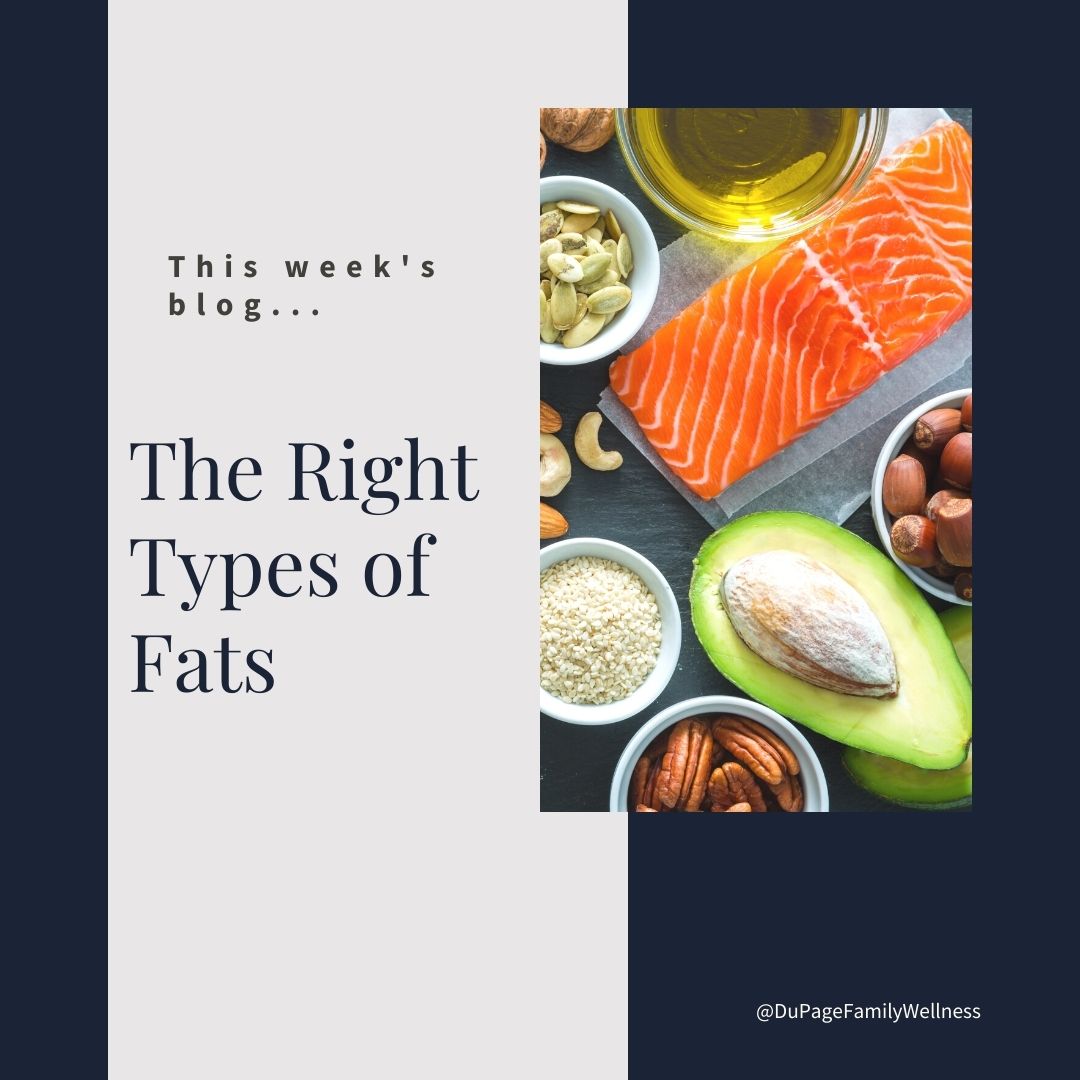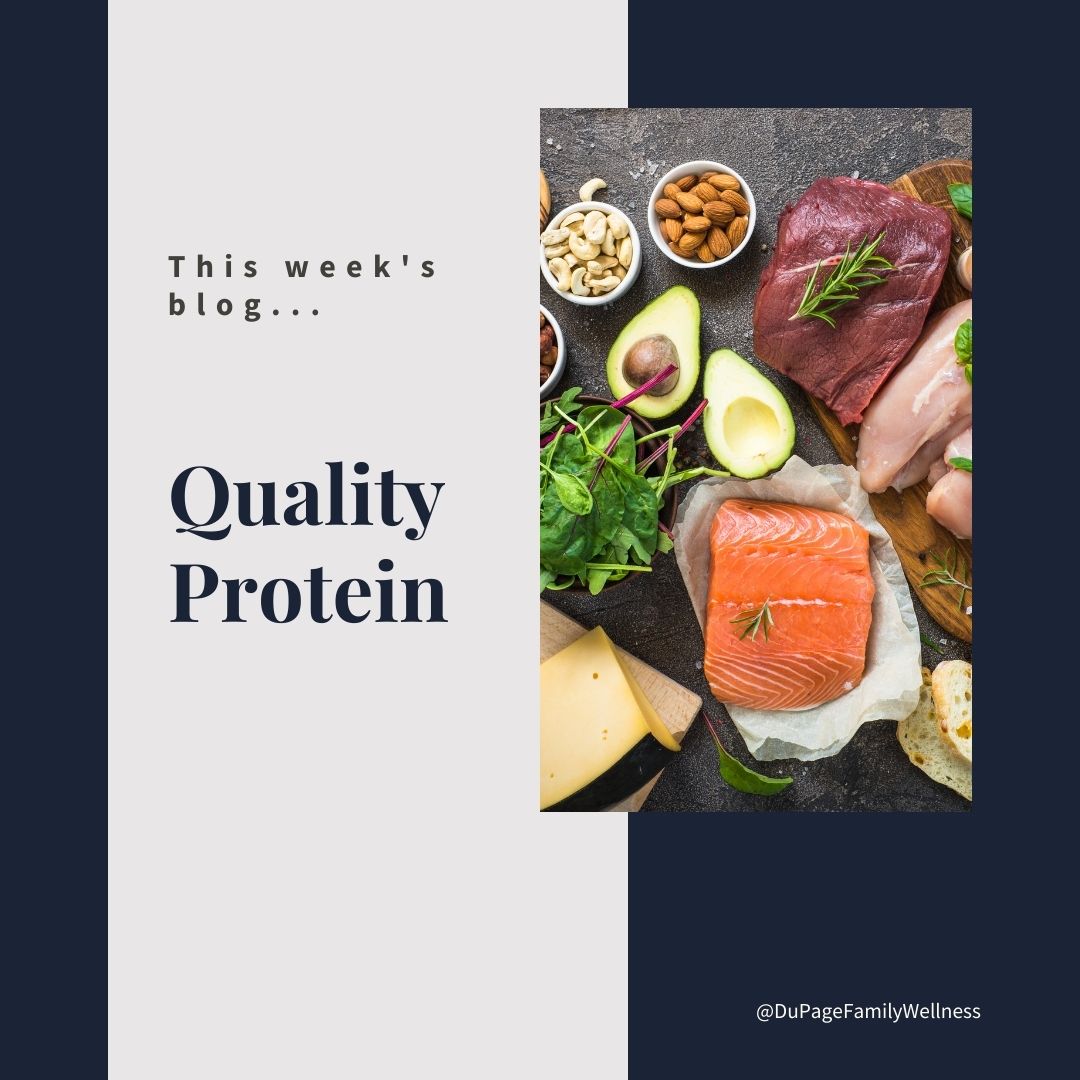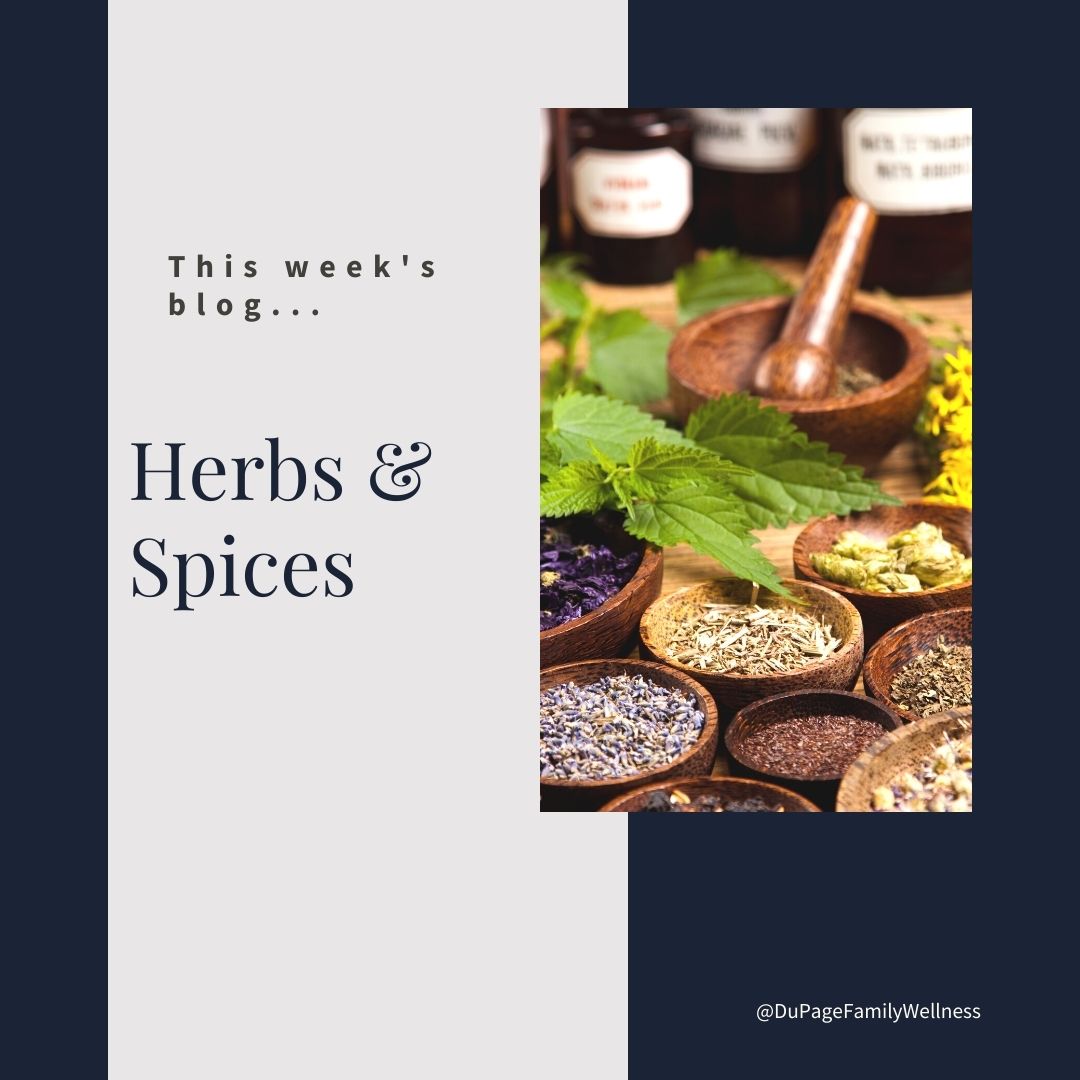 You might believe that you need to beat yourself up in the gym, but that doesn’t have to be true!
You might believe that you need to beat yourself up in the gym, but that doesn’t have to be true!
We all know that just being at the gym doesn’t mean that you’ll see the results you want. When we don’t see the results, we tend to push harder - going to the gym more, lengthening our working out, increasing the intensity of our training, etc.
But there is another option. You can work smarter, not harder, to get you the results you want.
Let’s explore the best exercises for lasting results where you don’t have to live in the gym!
When You Go to the Gym
If you have been frustrated by not seeing results from your workouts, or even if you are an athlete, you will find the following information interesting.
A meta-analysis of 43 studies had really shocking results! The studies followed overweight and obese people for 3-12 months. People in these studies worked out for 45 minutes 3-5 times a week. This resulted in an average of about 69 hours of exercise over the course of the study. Do you know how much the exercise group lost over that period of time? Only 2.2 lbs.!!! That’s a lot of work for very little results.
So, what specific exercises will get you the results you want? There are two types of workouts that have shown to have great outcomes. These are High Interval Intensity Training (HIIT) and strength training. Besides these, walking and lower intensity exercises can also bring huge benefits.
High Interval Intensity Training (HIIT)
High Intensity Interval Training (HIIT) involves alternating between short bursts of hard, intense exercise and a little lighter form of exercise. This may be running hard for five minutes followed by a walk or jog. It may be working with weights in this fashion as well.
The key is to push yourself hard, followed by a gentler form of movement. This type of workout results in more calories being burned after your workout.
Strength Training
When we say strength training many people immediately think about lifting weights. While lifting is a great way to build strength, you can also build strength through other forms of resistance training.
Body weight training uses your own body weight and gravity. Things such as planks, pull ups, etc. would count as body weight training that takes little to no equipment. Another way to build strength is through resistance bands. This type of workout can be easily done outside the gym in the privacy of your own home.
Read more ...
 Are you afraid to incorporate fats into your diet? Do you believe that eating fat will make you fat? If so, you may eat a lot of chicken breast, steamed veggies, low-fat milk, low-fat yogurt, and salads with fat-free dressing.
Are you afraid to incorporate fats into your diet? Do you believe that eating fat will make you fat? If so, you may eat a lot of chicken breast, steamed veggies, low-fat milk, low-fat yogurt, and salads with fat-free dressing.
You may believe this due to the messages in the media. You’ve likely been taught that eating fat is bad for you, but this is simply not true! Regardless of what the media says, the research is clear.
Eating the right fats will make a HUGE impact on your body, but eating the RIGHT fats is the key!
Let’s explore what fats to eat and which to avoid.
We need HEALTHY fat
There are several essential fatty acids that your body cannot make on its own. If you don’t consume fat it may lead to inflammation, fatigue, poor memory function, heart issues, depression, dry skin, and other unpleasant symptoms.
Every cell in your body contains fat. One reason your body needs fat is to produce hormones. This is especially important for fertility, pregnant and postpartum patients, as well as those with Polycystic Ovary Syndrome (PCOS)!
Healthy fats help us feel full, maintain energy, stabilize blood sugar, and help with insulin resistance. Eating healthy fat (like olive oil) with your salad or veggies will also allow your body to absorb more of the nutrients from the vegetables.
Types of Fats
There is a BIG difference between good, natural, unprocessed, unrefined sources of fat and highly processed, refined fats.
Healthy fats should be incorporated into your diet every day. In some cases, it can be beneficial for these fats to make up well over HALF of the calories that a person consumes.
The processed and refined fats on the other hand, are considered “junk calories”. These unhealthy fats can be oxidized or rancid and are unrecognizable to our bodies. They actually contribute to inflammation which we know leads to all sorts of health problems.
Healthy Fats
These foods contain GOOD Fats. Enjoy eating these frequently without guilt!
- Avocados
- Olives
- Ghee
- Butter (I especially love Kerrygold)
- Plain yogurt (Full fat)
- Avocado oil
- Coconut oil
- Olive oil
- Nuts
- Fish (salmon, herring, anchovies, and sardines)
- Grass fed beef
- Dark meat from free range poultry
- Fats from animals (lard, beef tallow, duck fat, etc.)
- Eggs (especially from pastured chickens)
*It is important that the meat you eat comes from animals that were healthy and got to eat their natural diets while they were alive.
Unhealthy Fats
Unhealthy fats often hide in processed foods such as chips, crackers, and baked goods. Some of these fats are too high in omega 6 fatty acids, and they are all highly processed. An especially unhealthy type of fat is trans fat which we will talk about later.
Some examples of unhealthy fats include:
- Safflower oil
- Sunflower oil
- Soybean oil
- Canola oil
- Corn oil
- Vegetable oil
- Margarine
- Crisco
- Peanut oil
- Wheatgerm oil
- Cottonseed oil
- Grapeseed oil
- Rice Bran oil
- Anything hydrogenated or partially hydrogenated
As mentioned above, the worst type of fat is probably trans fats. These are man-made fats that are no longer classified at GRAS (Generally Recognized as Safe) by the FDA. When people eat trans fatty acids, various amounts of it are deposited in the body's tissues and impact the way the body functions.
For this reason, trans fats should be completely eliminated from the diet. They are commonly found in fried foods, doughnuts, baked goods, pie crusts, biscuits, frozen pizza, cookies, crackers, margarine, and other “butter-like” spreads.
Tips to Handle Fats
If you are someone who feels guilty about eating fats, consider adding some healthy fats to your diet. Enjoy butter, avocado, olive oil, and more fats from the “healthy” list above!
If you still have some of the “unhealthy” fats listed, you may want to consider switching these out with some of the healthier fats. Little changes, done consistently, can set you on a path to better health! To do this is is great to:
- Eat mostly whole and unprocessed foods (plants, animals, etc.).
- Limit meals at restaurants, as they typically use unhealthy oils. (If you do have to eat out often, choose a salad with olive oil and vinegar dressing.)
- Read labels carefully (many healthy looking oils are mixed with “blends” of other oils).
- Make your own salad dressing. It’s easy to do! (If you need some ideas, just ask. I’ll send you some recipes that I love.)
- Buy oils in a dark glass bottle to keep them from oxidizing. (When oil is stored in clear plastic bottles it will easily oxidize and become rancid.)
Still not convinced? Check out this article which explains why healthy fats do NOT cause high cholesterol, high blood pressure, or other related health conditions.
Let me know if you have questions. If you are interested in learning more about nutrition, I’d be happy to send you information about “Seven Weeks of Real Food.”
Dr. Jamie
Mark Hyman, MD. Eat Fat, Get Thin. Little, Brown and Company, 2016.
Mary Enig, PhD. Know Your Fats. Bethesda Press, 2013.
 Did you know that every cell in your body contains protein? And that protein contains amino acids that are used to repair all the tissues in your body?
Did you know that every cell in your body contains protein? And that protein contains amino acids that are used to repair all the tissues in your body?
It’s true, your body needs protein to replenish itself. According to livestrong.com, protein helps “build muscles, produce new cells, regulate hormones and enzymes, heal wounds and promote immune function”.
It is considered the most important macronutrient in building muscle, which can elevate your metabolic rate. And since protein also helps you feel full longer, it is great for those wanting to lose weight.
Since the body does not store protein, it depends on your diet to provide adequate amounts. Let’s look at the healthiest ways to get this protein.
Animal Protein
Meat can be a wonderful source of protein, but it is important to make sure you are getting quality meat! How the animal was raised, and what the animal did while it was alive, is extremely important. It is not just in the animals' best interest to be grass-fed or free-range, it has a direct impact on your health as well.
A study done by Mother Earth News compared eggs from free-range chickens with those produced commercially. It found that free range eggs had:
- 2/3x more Vitamin A
- 2x more Omega-3
- 3x more Vitamin E
- 7x more Beta Carotene
In addition, grass fed beef also has been found to contain higher levels of vitamins, antioxidants, and anti-inflammatory Omega 3 fatty acids when compared to conventional beef.
What about Plant Proteins?
While plants contain many necessary nutrients, they are not considered a complete protein because they lack one or more of the essential amino acids. It is possible to get the nutrients you need without eating meat, but it takes care to make sure you are getting everything you need. Plants contain compounds like oxalates and phytates which hamper your body's ability to absorb key minerals like zinc, magnesium, calcium, copper, and iron. Additionally, the vitamins in plants are often times found in less active and less bioavailable forms.
For anyone who is thinking that plant proteins are superior or equal to those from animals, consider the following example. In order to get the same amount of protein in 4 oz. of steak (181 calories) from rice and beans, you would have to eat 12 ounces of kidney beans plus a cup of rice! That would give you 638 calories, and for the carb counters out there, this would be 122 grams of carbs!
For those of you that are trying to eat a vegetarian or vegan diet, the following are some of the protein sources. Like I mentioned above, this can be done, but it does take special consideration to be sure that you are getting all of your nutrients.
- Whole, organic, non-GMO soy products such as tofu. (Please do NOT rely on products containing soy protein isolates or concentrates which are often found in soy burgers, meatless chicken, as well as protein bars.)
- Nuts & seeds
- Beans & lentils (if your body tolerates them well.)
- Quinoa, rice, and other grains
- Some plant-based protein shakes may be useful if you are struggling to get enough protein in your diet, but check the ingredient list carefully!
This Vegetarian and Vegan Guide was created by Mark Hyman, M.D. It is a great resource for vegan and vegetarians trying to eat healthy.
How to Buy Quality Protein
Companies spend a lot of money each year marketing their products. The terms used can be confusing for consumers. The following chart can help you decipher these terms, so you know what to look for when you shop.

*For more about these terms check out our Protein Guide.
Amount of Protein
Ideally people would consume one serving of protein with each meal (one serving of protein is roughly the size of the palm of your hand or a deck of cards). However, each person’s body and activity level are different, so protein needs will vary. If you are reading labels, I like to aim for at least 25-30 grams/meal.
Listen to your body! It is the best indicator of how much protein is right for you. If you don’t eat much protein, consider adding some to see how it makes you feel. If you do eat a lot of protein, does it set well with you?
The Importance of Nose to Tail Eating
As you all know by now, I like to relate everything to how our ancestors used to live. Instead of just eating chicken thighs, steak and ground meats, which are all muscle meat, our ancestors used THE WHOLE ANIMAL! There are incredible nutrient and health benefits in utilizing this practice.
Organ meat like liver is one of the most nutrient dense foods that there is! In fact, my sister gives liver credit for helping her body to heal when she was struggling with infertility. (Here is her story) We try to buy our animals by the quarter/half animal and eat organ meat too. One of my kids' favorite meals is "Beef Heart Stew"
Bone broth made from the bones of animals is great for soups, stews, or just drinking. Broth and the gelatin that is freed during the cooking process is so good for our hair, skin and nails. It has a different amino acid profile than muscle meats, and can help to balance our protein intake in an incredibly beneficial way. I love the following article on how to use gelatin and why it's so good for you!
Polycystic Ovary Syndrome (PCOS), Insulin Resistance, and Protein
About 85% of women with Polycystic Ovary Syndrome (PCOS) have issues with insulin resistance (As well as a huge percentage of our whole population). If you are one of these women, it is crucial to address your symptoms and get to the root cause.
If insulin resistance is one of your root causes, eating enough protein (and fat) throughout the day will allow your blood sugar to remain steady and keep you from the blood sugar spikes you would otherwise get.
Protein is good for us all, but if you have PCOS or insulin resistance, it can really be a game changer!
If you need more guidance on giving your body the nutrition it needs, feel free to reach out to me. We can discuss whether a program like “Seven Weeks of Real Foods” or “BALANCED” would be right for you. (To learn more about BALANCED you can watch by FREE webinar.)
Dr. Jamie
 Are you a gardener? If so, you may know that rotating crops is an important strategy for a good crop, but why is it so important and what can we learn from it?
Are you a gardener? If so, you may know that rotating crops is an important strategy for a good crop, but why is it so important and what can we learn from it?
While it’s nice to have a variety of vegetables to eat from year to year, the strategy is intended to keep the soil rich in nutrients. When the same crop is planted over and over it can deplete the soil.
According to Soil Health Academy, “more diversity increases the variety of root exudates produced by the plants and this attracts a much broader array of soil microbial species.” In simple terms, this means that “diversity increases resilience” in the soil.
This got me thinking about how important diversity is for us. We all want to be resilient in both our physical and emotional health. Could diversity help us achieve it?
Let’s explore why diversity is so important and how it can increase resilience in you!
What Does it Mean to be Resilient?
The dictionary explains resilience as “the capacity to recover quickly from difficulties.” It’s a sort of toughness that allows you to bounce back from setbacks or challenges.
Hard things happen in life! There is no way to prevent all challenges, but we can build our resilience so that when trouble comes, we can recover in the best way possible. In order to build resilience, we need to establish diversity.
In a very real way, the more diversity we have, the more resilient we are in both our physical and mental health. So, in a very real way, diversity makes us more capable of moving through these trials in a healthy way.
Diversity in our Diets
As I'm sure you all know by now, I am a big fan of eating real food. One of my goals with everyone that I work with, however, is to eventually be on the most diverse diet that they can tolerate. Different foods have different components. They have different vitamins, minerals, and phytonutrients. If a person is only consuming chicken and broccoli every day, while they are eating "real food," they do not have much diversity in their diet. This means that they are likely not getting the full spectrum of all of the nutrients that their body needs to thrive.
Having a variety of meats, vegetables, fruits, and healthy fats is going to bring about not only more diversity in the nutrients for you, but also different components to feed a variety of gut bacteria so that the different species can all be taken care of!
Read more ...
 Are you someone who loves natural healing over pharmaceuticals? There are so many options when it comes to natural health. One effective method of healing is through spices and herbs. They have been believed to preserve health for thousands of years!
Are you someone who loves natural healing over pharmaceuticals? There are so many options when it comes to natural health. One effective method of healing is through spices and herbs. They have been believed to preserve health for thousands of years! 

 You might believe that you need to beat yourself up in the gym, but that doesn’t have to be true!
You might believe that you need to beat yourself up in the gym, but that doesn’t have to be true! Are you afraid to incorporate fats into your diet? Do you believe that eating fat will make you fat? If so, you may eat a lot of chicken breast, steamed veggies, low-fat milk, low-fat yogurt, and salads with fat-free dressing.
Are you afraid to incorporate fats into your diet? Do you believe that eating fat will make you fat? If so, you may eat a lot of chicken breast, steamed veggies, low-fat milk, low-fat yogurt, and salads with fat-free dressing.  Did you know that every cell in your body contains protein? And that protein contains amino acids that are used to repair all the tissues in your body?
Did you know that every cell in your body contains protein? And that protein contains amino acids that are used to repair all the tissues in your body?  Are you a gardener? If so, you may know that rotating crops is an important strategy for a good crop, but why is it so important and what can we learn from it?
Are you a gardener? If so, you may know that rotating crops is an important strategy for a good crop, but why is it so important and what can we learn from it?